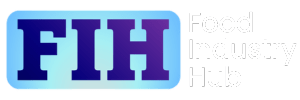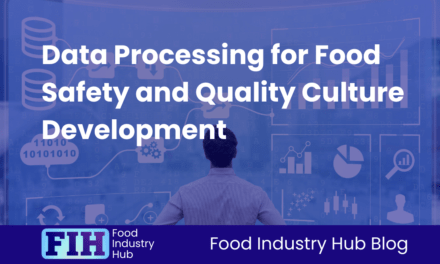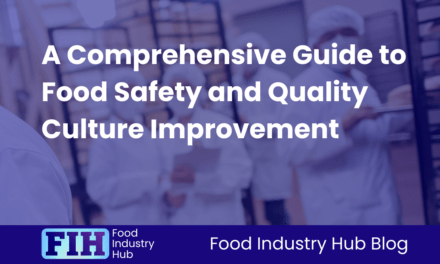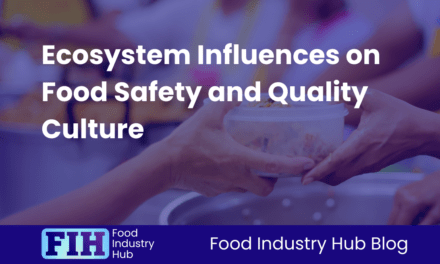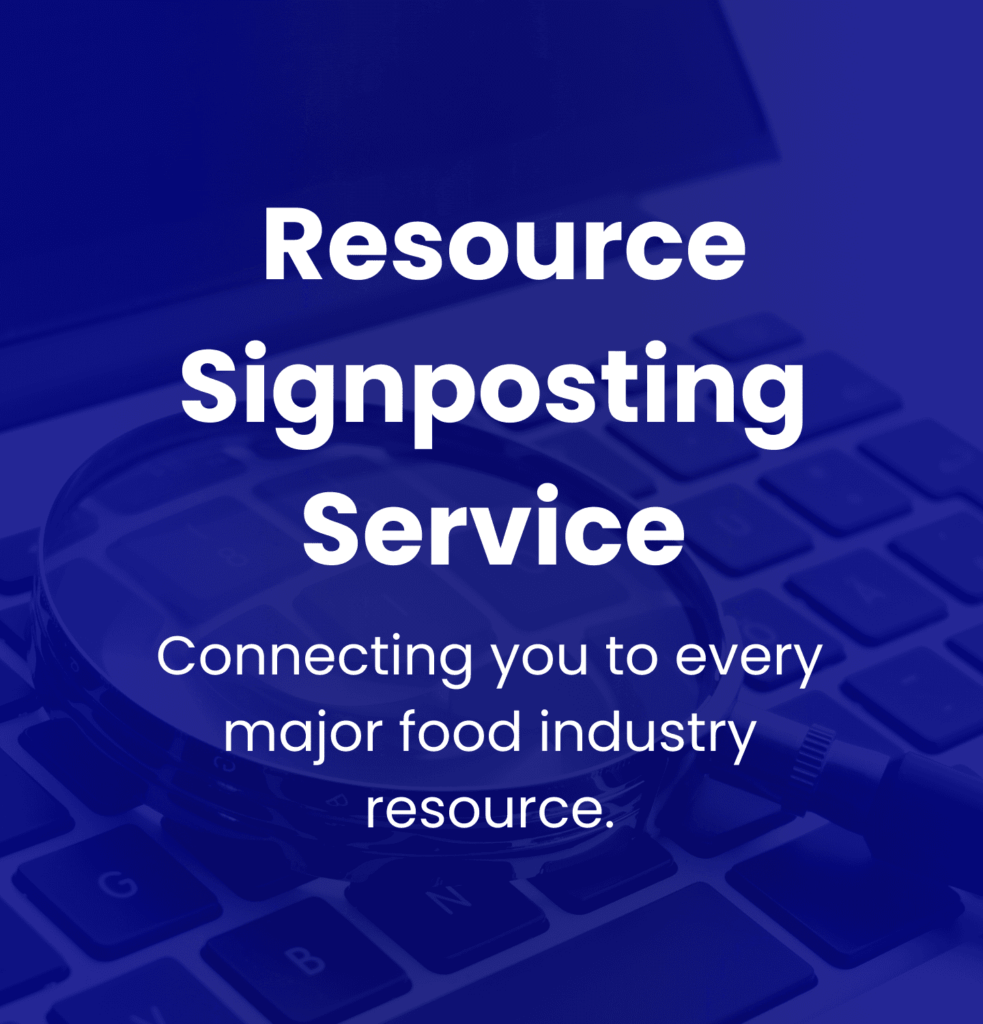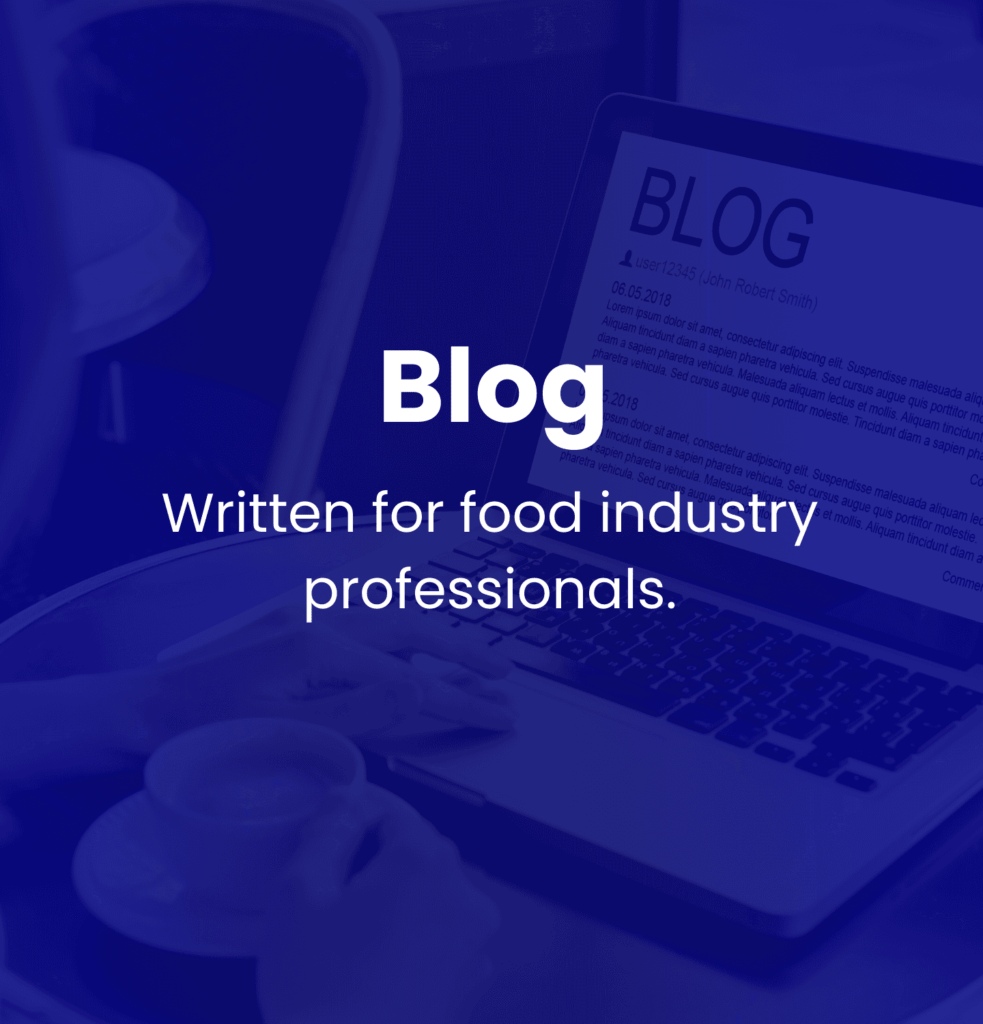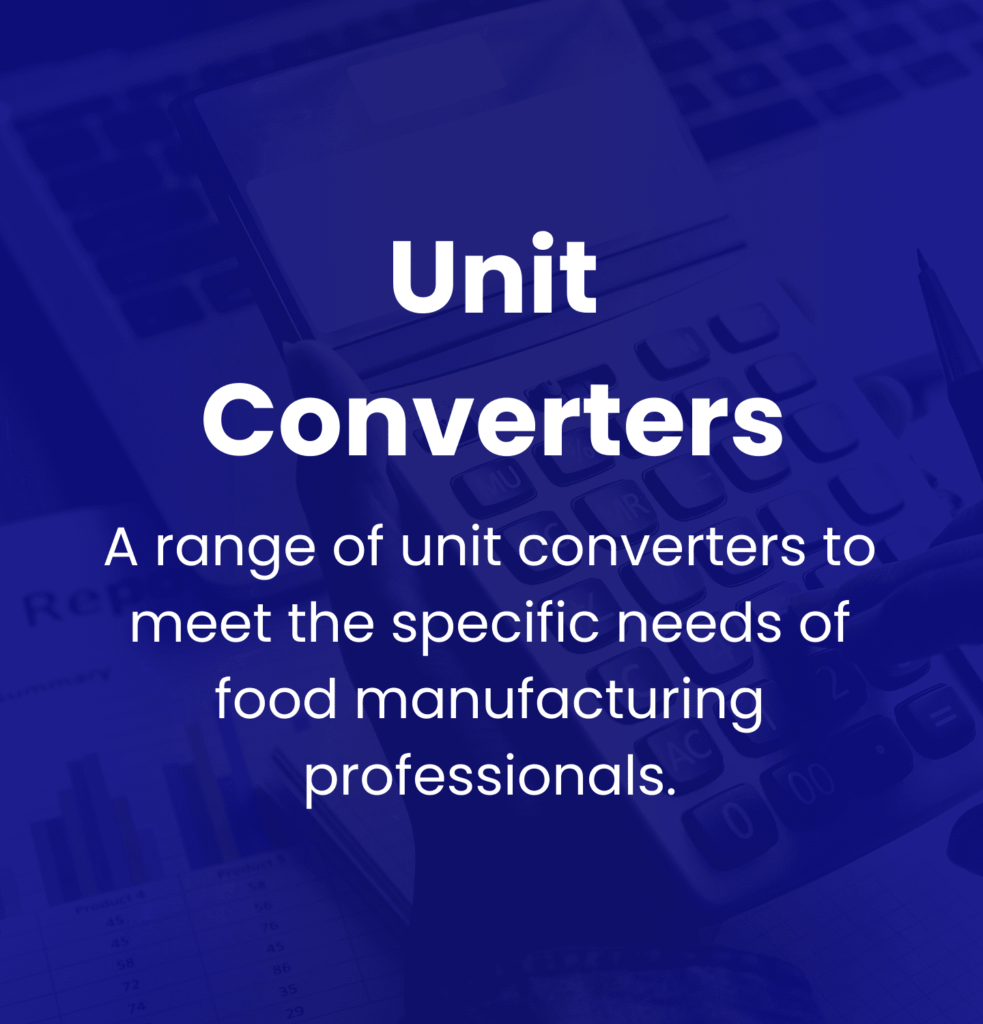Introduction
Food safety and quality culture can seem like a challenging subject. There’s something intangible about it that can make it difficult to identify how to approach – let alone improve – the culture of safety and quality.
There are a few conditions that need to be met in order to establish a strong culture of food safety and quality, so in this post we’ll explore some of the success criteria for a mature culture of safety and quality.
Table of Contents
○ Harmonious Alignment of Values
○ Appropriate Resource
○ Embracing The Principals and Understanding ROI
○ Eliminate Blame
○ FAQ
○ In Summary
Harmonious Alignment of Values
Food safety and quality culture is a component of organisational culture – it is not something separate and distinct.
There must be harmonious alignment between the total organisational culture and the sub-set concerned with food safety and quality. In cases where food safety and quality values are in conflict with other business concerns such as revenue generation, all internal stakeholders should be in alignment over the order of priorities, and the degree to which quality and safety ideals should be upheld relative to other ideals the business must service. Compromise is often necessary, but if everyone is unified around a clear set of values and priorities, then the ideals of the business (including food safety and quality ideals) will be proportionately evident throughout operations and decision-making.
The total organisational culture upholds many values – and many of them might appear to be in conflict with one another.
Stereotypically, a person from the sales department might value ‘revenue’ highly. The same person might be perfectly well disposed toward quality and safety, but those things may not be representative of this person’s most heartfelt values. Appropriately, the actions of this person would have next to no impact on safety or quality.
A person working in the quality department may value ‘quality’ and ‘safety’ highly, with a tolerant attitude toward revenue generation. Of course, creating revenue is something that the business has to do… but it’s simply not very interesting from the perspective of a person who’s attention is so focussed on preventing unacceptable quality, or unsafe, product from being placed on the market.
Under most circumstances, these separately held values and attitudes don’t appreciably affect one another. Occasionally, though, stock has to be placed on QC hold, and a range of competing values suddenly come into conflict.
Do you short, delay, or fail to deliver on a customer order? Do you release potentially harmful product onto the market? Do you dispatch defective quality product, and risk alienating your customer?
In situations like this, a cohesive organisational culture should not place the quality function in conflict with the sales function. Instead, people in both the quality function and the sales function should be in agreement over how the businesses’ interests can be best served, given it’s established priorities.
In practice, this could actually be an intentional management intervention. In instances of conflicts in ideals (at any management tier), a decision-making group could come together to resolve the agreed path as a result of a risk assessment considering the conflicting values. Applied to the scenario of stock placed on hold, this might include:
○ Reputational risk from releasing defective quality product.
○ Customer relationship risk from defaulting on any aspect of a customer order.
○ Consumer health risk from releasing unsafe product.
○ Alignment with any other values entered by a member of the decision-making group.
○ Practical restrictions such as cash flow and resource availability.
Not only does this kind of harmonious alignment of food safety and quality values with organisational values remove cross-functional conflict, but it actually sets the scene for better solutions. If everyone’s in agreement over what compromises are necessary, it’s easier to make suggestions on how to satisfy as many concerns as possible within the situational constraints.
Appropriate Resource
Every business activity comes with associated costs, and this is no exception. Organisational behaviour must reflect the values of decision-makers – so organisations that genuinely uphold food safety and quality ideals will be expected to put their money where their mouth is, and properly resource food safety and quality undertakings.
Suppose a mixer has capacity to produce 1 mix every 17 minutes, and requires a cleaning cycle once every 80 mixes, and scheduled maintenance every 1000 mixes + every 2 weeks. Operationally, all relevant departments should ensure that downtime is scheduled for cleaning and maintenance, hygiene operatives and consumables are available. Production operators, hygiene staff, and engineers are all trained in the proper operation and maintenance of the mixer. Ongoing, the planning department should extrapolate shift output around the capacity of the equipment and associated deductions to production availability. Targets should not be adjusted to ‘squeeze out extra efficiency’.
This same principal applies across all functions. A process set up primarily to serve a commercial purpose should not be over-operated to the detriment of food safety and quality values. People and organisations commit resources to things that they sincerely value, and are reluctant to allocate resource to things that don’t really seem like priorities. The things is, it’s obvious to everyone that that’s what’s happening. If fabrication issues are developing throughout the factory and there’s no training budget, there’s really no point in claiming that quality and safety are priorities. Proper resourcing is crucial for the following reasons:
Compliance and Regulatory Requirements: Inadequate resources can lead to non-compliance with food safety regulations and standards, which may result in legal and financial consequences. Proper resourcing ensures that the necessary processes, documentation, and controls are in place to meet regulatory requirements.
Risk Management: Food safety and quality risks are inherent in manufacturing processes. Without adequate resources, a manufacturer might struggle to identify and address potential hazards effectively, leading to a higher likelihood of foodborne illnesses, product recalls, and other safety issues.
Training and Education: Proper training and education of employees are essential for a strong food safety and quality culture. Without adequate resources, employees may not receive the necessary training to understand and follow proper procedures, potentially leading to mistakes and safety breaches.
Monitoring and Testing: Regular monitoring, testing, and analysis of raw materials, production processes, and finished products are critical for ensuring food safety and quality. Inadequate resources can hinder the ability to conduct thorough testing and analysis, increasing the risk of product defects or contamination going unnoticed.
Infrastructure and Equipment Maintenance: Food safety and quality can be compromised if equipment is not properly maintained. Inadequate resources can lead to delays in equipment maintenance, calibration, and replacement, which may impact the accuracy and reliability of manufacturing processes.
Continuous Improvement: Without sufficient resources, it’s challenging to invest in data analysis, corrective actions, and continuous improvement initiatives. This can prevent the manufacturer from identifying and addressing recurring issues effectively.
Consumer Trust and Reputation: Inadequate food safety and quality measures can lead to negative consumer perceptions and damaged reputation. Properly resourcing these systems is vital for maintaining consumer trust and ensuring the long-term success of the brand.
Note, this isn’t even intended to be an exhaustive list. This is just a few examples of why it’s essential to properly resource food safety and quality concerns. It’s not feasible to establish quality and safety as values if you don’t really value them.

Sign-up for the Food Industry Hub Mail Service
We regularly produce new content for food industry professionals, and the Food Industry Hub Mail Service is the best way to stay up to date with the latest additions.
Signup today to be added to the Food Industry Hub mailing list.
Embracing The Principals and Understanding ROI
Successfully integrating food safety and quality values into an organisation’s total culture depends on aligning food safety and quality ideals with the values the organisation holds – and making sure those values and ideals are represented throughout the workforce. By itself, this is a lofty demand.
It’s also not free. There are direct and indirect financial costs, in addition to the time and effort needed. This is a real commitment.
So what’s the ROI? In fact, that’s a fascinating kind of challenge!
For organisations motivated by compliance, the ROI will be in satisfying a clause. No non-conformance.
For organisations that genuinely hold food safety and quality values, the return on investment is the potential to consistently out-perform the expectations of your documented management systems. To see the realisation of your ideals throughout operations.
If you genuinely ascribe value to food safety and quality, and you align your entire organisation around those sincerely-held values, you can actually create brand equity based on that. Reputational advantage is the opposite to incident-incurred brand damage. A business might take up a differentiated position in the market based on quality, trust, and safety.
If you understand that cultural conflicts erode the effectiveness of your food safety and quality management systems, you know that harmony between the culture and the management structure generates synergy.
The degree to which a brand can benefit from this is proportional to how well values and ideals are disseminated throughout the organisation – for example, is the marketing department communicating quality positioning to customers?
For any food manufacturer, return on investment will be anchored to sincerity. Pay lip service to culture, and avoid a non-conformance at audit. Invest in this, and it’s like anchoring your business to a rocket.
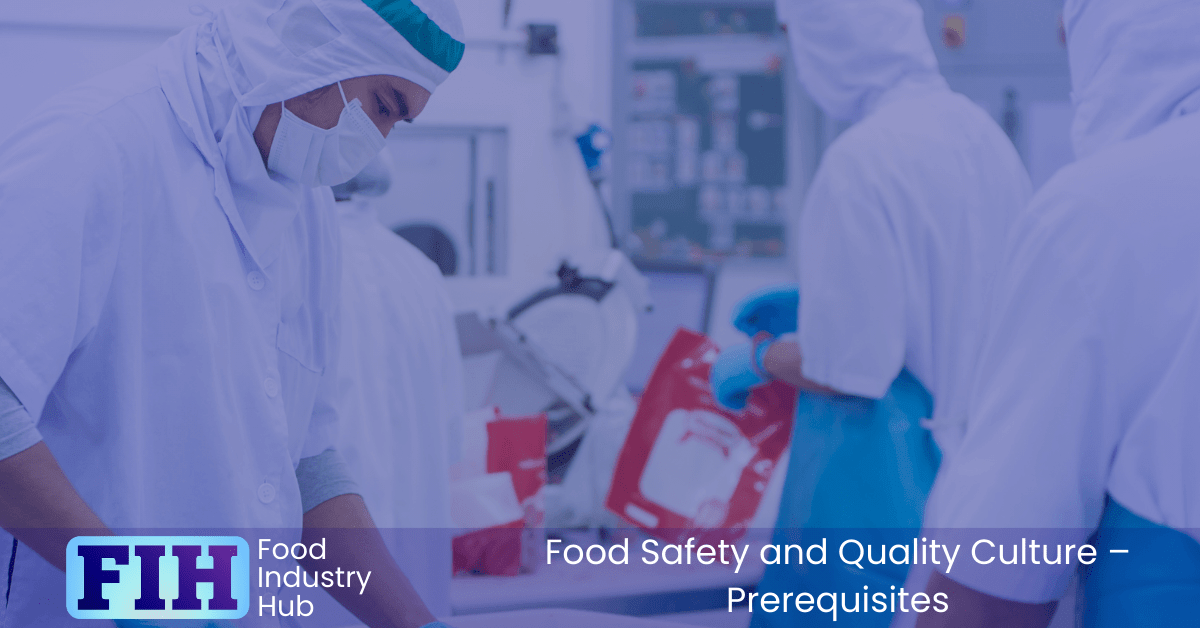
Eliminate Blame
You can’t have a blame culture and also have a quality culture.
Sorry – oil and water. The two things don’t go together.
There are certain conflicts you just can’t compromise your way out of.
Quality and continuous improvement depend on open and honest communication. If a person feels like they might be blamed for something going wrong, they’re not going to be reporting hazards or contributing to root cause analyses. No-matter how highly they value food safety and quality, they’ll value self-preservation higher.
This is absolutely fundamental to being able to achieve a culture of safety and quality.
If something goes catastrophically wrong, and the business suffers losses in the millions, a mature food safety and quality culture would manifest as a safe space – empowering even the most junior individual to say:
“That all happened because of something I did. Here’s what happened, how, and why.”
No fear of reprisals. Understanding that by communicating how an incident occurred, as well as some of the contributing factors that led to its occurrence, they are contributing to the process of reducing the chances of it happening again.
And the power of this is expressed through the fact that senior management buy-in is manifested in a sincere commitment. The individual who appears to have been responsible for a costly or high-profile incident need not fear personal consequences.* Root cause analysis almost always identifies systematic factors that influence outcomes. Individuals almost always over-estimate their personal contribution to operational processes – and feel a disproportionate sense of culpability as a result.
*In fact, the person who stands up and explains how they contributed to a bad outcome having come about has a very bright future in front of them. That’s the kind of awareness and maturity of behaviour this company associates with management.
The way you create an environment for organisational learning and improvement is by embracing and facilitating information discovery when things go wrong. You can’t do that with a blame or punishment-oriented culture. Non-starter.
You have to choose: quality and safety, or blame and punishment. Either way, you’re committed – you can’t have both.

FAQ
How do you align food safety and quality values with organisational values?
We’ve prepared this guide to food safety and quality culture development to provide a framework on how to go about aligning organizational values in favor of food safety and quality ideals. In brief, however, you could focus interventions around the following:
Leadership Commitment: Ensure that senior leadership is fully committed to food safety and quality. Leadership should communicate their commitment to these values and demonstrate their importance through their actions and decisions.
Integration into Mission and Vision: Incorporate food safety and quality goals into the organisation’s mission and vision statements. This helps emphasise their significance and align them with the overall purpose of the company.
Clear Communication: Clearly communicate the importance of food safety and quality to all employees. Regularly share information about the organisation’s commitment, goals, and progress in these areas.
Training and Education: Provide comprehensive training and education to employees at all levels. Make sure that everyone understands the importance of food safety and quality, their role in upholding these values, and the potential consequences of failing the consumer.
Performance Metrics and Goals: Establish key performance indicators (KPIs) related to food safety and quality. Set measurable goals that align with the organisation’s overall objectives, and track progress regularly.
Incorporate into Performance Evaluations: Integrate food safety and quality criteria into performance evaluations for all employees. Recognise and reward those who actively contribute to maintaining and improving these values.
Cross-Functional Collaboration: Foster collaboration between different departments to ensure that food safety and quality considerations are integrated into all processes. This includes production, procurement, supply chain, and more.
Continuous Improvement: Create a culture of continuous improvement by encouraging employees to identify opportunities for enhancing food safety and quality practices. Act on feedback and implement changes as needed.
Resource Allocation: Allocate adequate resources, including personnel, training, technology, and equipment, to support food safety and quality initiatives. Highlight their importance in budgeting and resource allocation discussions.
Transparency and Accountability: Foster a culture of transparency by encouraging open communication about issues and concerns related to food safety and quality. Hold individuals and teams accountable for upholding safety and quality ideals.
Regular Audits and Inspections: Conduct regular audits and inspections to ensure that food safety and quality practices are being followed. Use these assessments as opportunities for learning and improvement.
Supplier Relationships: Extend the commitment to food safety and quality to your suppliers. Collaborate with them to ensure that their practices align with your organisation’s values.
Customer Engagement: Engage with customers to demonstrate your commitment to food safety and quality. Provide information about your processes, certifications, and quality assurance measures to build trust.
Crisis Preparedness: Develop robust crisis management and response plans in case of food safety or quality incidents. Clearly outline roles and responsibilities for handling emergencies.
Continuous Communication: Maintain ongoing communication channels focused on food safety and quality. Share success stories, lessons learned, and best practices across the organisation.
By consistently reinforcing the alignment of food safety and quality values with organisational values, you can create a culture where these principles are deeply ingrained and play a central role in all aspects of the business.
Is a blame culture compatible with a quality culture?
No, a blame culture is not compatible with a quality culture. In fact, a blame culture can significantly hinder the development and maintenance of a quality-focused organisation. Let’s explore why these two cultures are incompatible and how they differ:
Blame Culture:
A blame culture is characterised by a tendency to assign blame or responsibility for mistakes or problems, often focusing on finding individuals to hold accountable rather than addressing underlying systemic issues. In a blame culture:
Fear of Reprisal: Employees are afraid to admit mistakes or report issues for fear of facing negative consequences, such as punishment or humiliation.
Lack of Transparency: Information is often withheld or manipulated to avoid being implicated in errors, hindering open communication and transparency.
Low Morale and Trust: A blame culture creates a toxic environment where employees feel demoralised, unsupported, and distrustful of management and colleagues.
Focus on Short-Term Fixes: The emphasis is on quick fixes and finding a scapegoat rather than addressing root causes or implementing long-term solutions.
Quality Culture:
A quality culture, on the other hand, is characterised by a commitment to continuous improvement, open communication, and shared responsibility for delivering high-quality products or services. In a quality culture:
Collaborative Problem-Solving: Employees are encouraged to collaborate and work together to identify and resolve issues. There is a focus on identifying systemic problems rather than blaming individuals.
Learning from Mistakes: Mistakes and failures are seen as opportunities for learning and improvement rather than as grounds for punishment.
Transparency and Accountability: There is a high level of transparency and accountability throughout the organisation. Employees feel comfortable reporting issues and suggesting improvements without fear of negative repercussions.
Long-Term Solutions: The organisation prioritises finding and addressing root causes of problems to prevent recurrence, rather than simply addressing symptoms.
Employee Empowerment: Employees are empowered to take ownership of their work, contribute ideas for improvement, and actively participate in quality initiatives.
To create a true quality culture, it’s important to shift away from a blame culture and create an environment where individuals are empowered to contribute to quality and improvement efforts without fear of blame. This involves:
Promoting Open Communication: Encourage employees to openly discuss issues and share insights without fear of punishment.
Focusing on Systems: Emphasise identifying and addressing systemic issues rather than placing blame on individuals.
Rewarding Improvement Efforts: Recognise and reward employees for their contributions to quality initiatives and continuous improvement.
Providing Training: Offer training in problem-solving, root cause analysis, and quality management to help employees effectively address challenges.
Leadership Example: Leaders should set the example by taking responsibility for organisational issues and promoting a culture of learning and improvement.
Ultimately, a blame-free environment is essential for fostering a quality culture that values collaboration, innovation, and long-term excellence.
In Summary
Food safety and quality culture can be a massive amplifier for organisational values, but only when certain fundamental conditions are met.
From The Food Industry Hub Knowledge Centre
Featured pages from The Food Industry Hub Knowledge Centre:
Further Resources
Food Industry Hub serves the food industry with a range of digital resources for the benefit of both commercial food manufacturers and food industry professionals.
For food manufacturers, we offer integrated management systems that give every user a direct interface with your QMS.
For food industry professionals, we provide an extensive signposting service in addition to informational content we hope you’ll find useful as you face new professional challenges. We have very ambitious plans to expand the range of services offered, and currently present informational content on management, safety and quality, and professional success.
